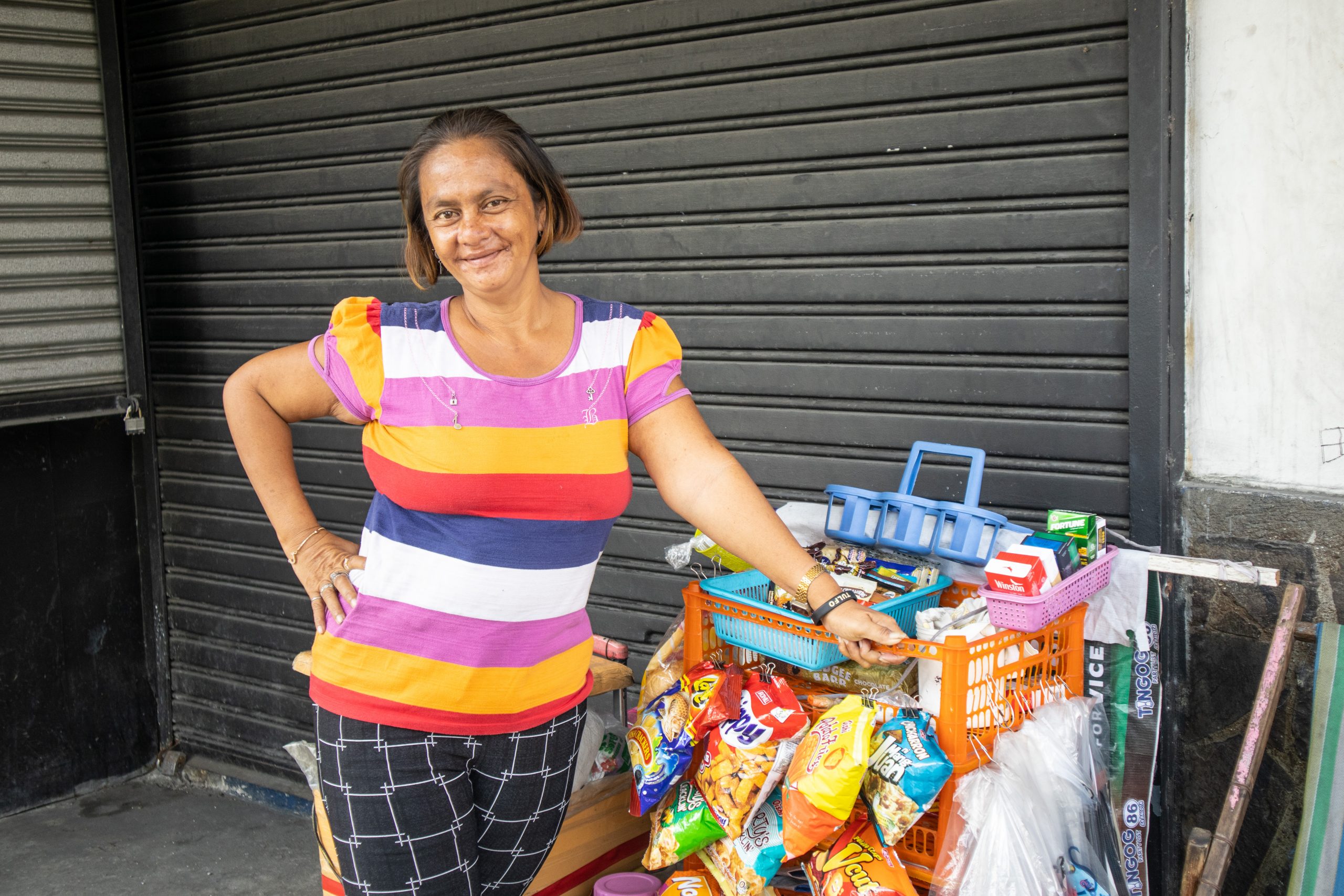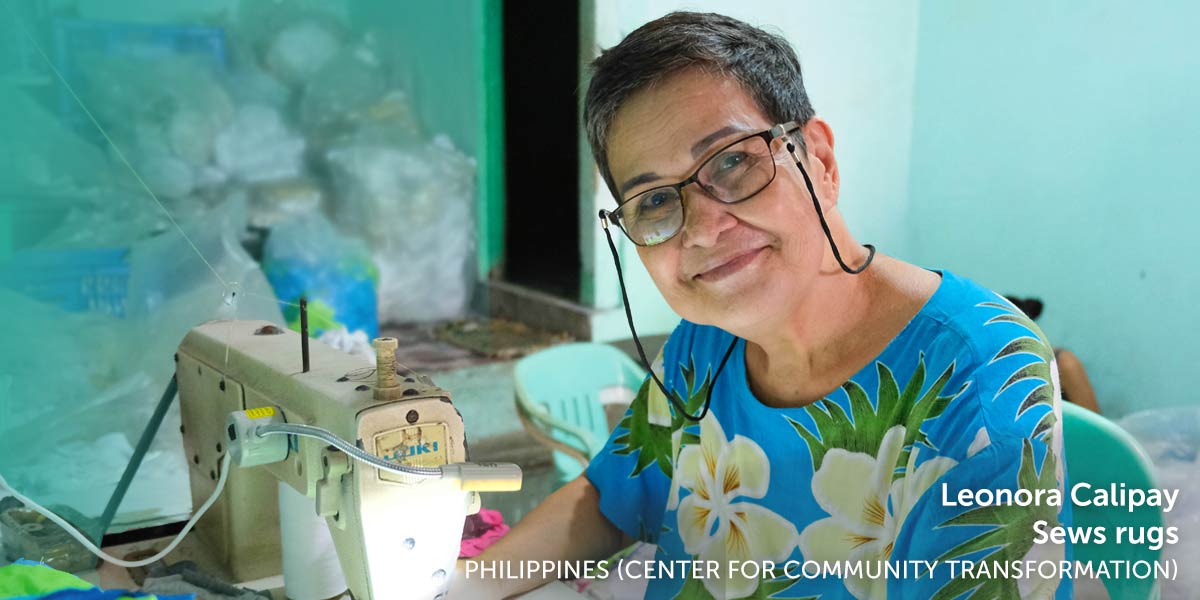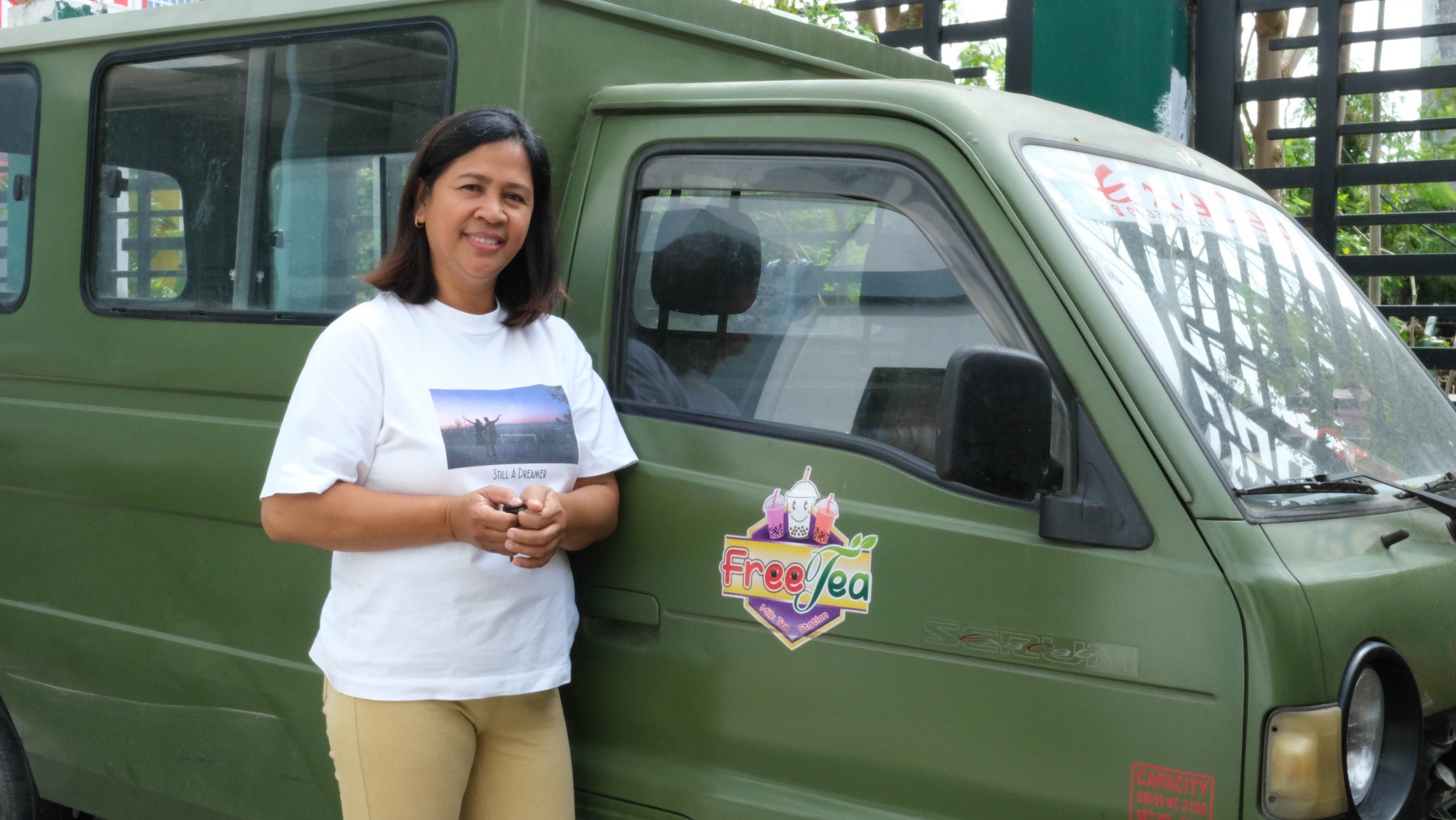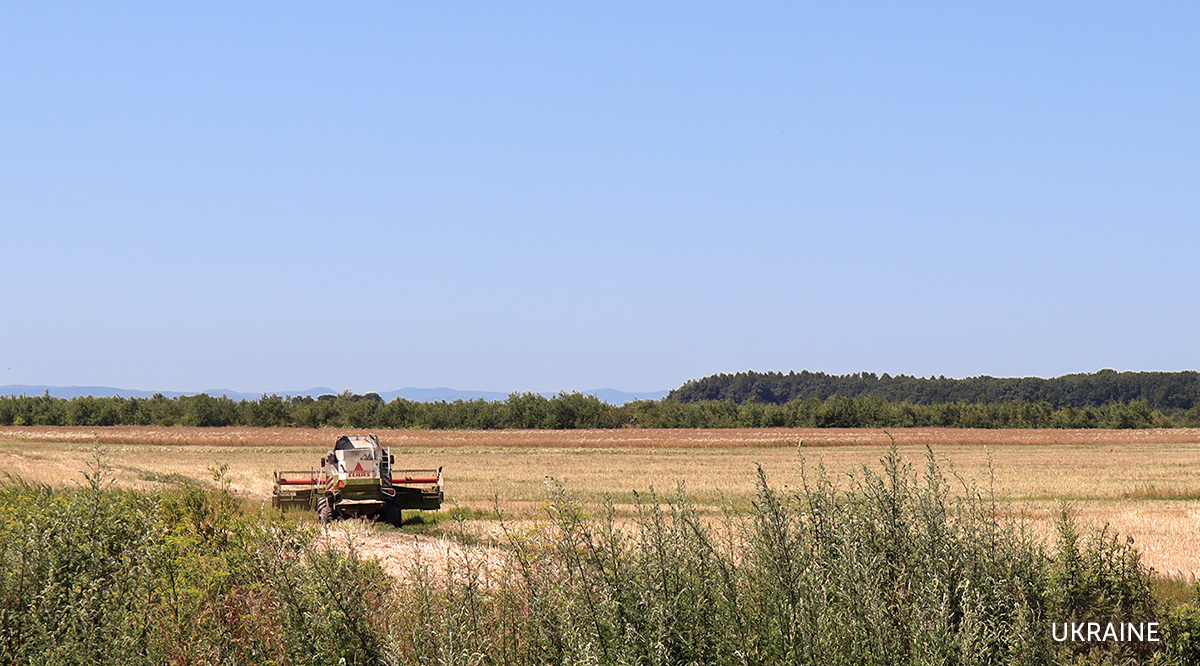How deepening a relationship with Jesus empowers families to break out of poverty
At HOPE International, we believe that without Christ, none of us can be truly free from poverty. One of our great joys is seeing people come to know Christ and experience the abundant life He offers.
Today, we’re celebrating the stories of Alphonse, Dominga, and Jocelyn, three people served by HOPE who have experienced spiritual transformation and poverty’s grip loosening. From learning how to pray to sharing the joy of salvation with family to finding hope for the future, these stories illustrate how God is at work—and why sharing the love of Jesus remains integral to our approach to alleviating poverty.
Alphonse Nsengumuremyi: learning to pray
Before taking out a loan from Urwego Bank, HOPE’s microfinance institution in Rwanda, Alphonse says he didn’t have the capital he needed to expand his family’s small business of selling cooking oil. Without enough income, he struggled to pay school fees for his children.



















